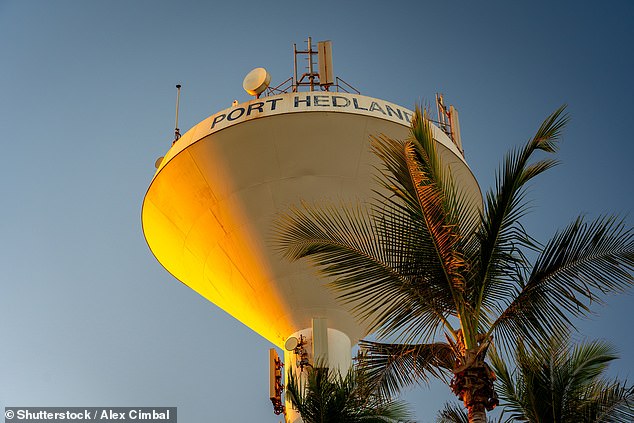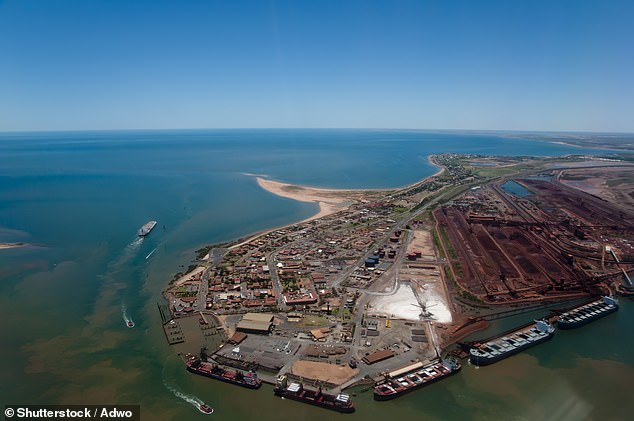A remote mining town was hit by three earthquakes within hours of each other.
The Pilbara town of Port Hedland on Western Australia’s north coast was hit by a magnitude 3.1 earthquake early Thursday, followed by a magnitude 3.8 earthquake at around 11.39am.
Shortly after, a 3.6 magnitude earthquake occurred.
Port Hedland resident Nick Roberts said the second quake felt like “a truck had run over your building”.
“It was very brief and blunt,” he said.
No significant damage has been reported after the relatively shallow tremors, which were centered 50 kilometers southeast of the city.
Geoscience Australia senior seismologist Dr Hadi Ghasemi said The alphabeth Small earthquakes were not unusual in the region, but it was relatively rare for an aftershock to be larger than the initial earthquake.
“Aftershocks are always a possibility,” he said.
The remote coastal mining town of Port Hedland in Western Australia was hit by two earthquakes on Thursday.
‘We know that there is a small fraction of earthquakes that are followed by a larger nearby earthquake.
“It’s not that common, but it’s not rare.”
Just a month ago, Port Hedland was hit by a similar magnitude earthquake 30 km to the southeast and a 3.5 magnitude earthquake with an epicentre 30 km to the southeast.
On June 8, residents of the town woke up to a loud noise followed by several seconds of tremors.
Dr Ghasemi said it was possible that extensive iron and lithium mining could be contributing to geographical instability.
However, he said the region had a history of earthquakes preceding extensive mining.
“If you look at the history of the region, you would expect small earthquakes,” he said.
The most recent major seismic event in the region was a magnitude 6.6 earthquake that struck off the coast of Broome in 2019.

No damage was reported from the two earthquakes of magnitude 3.1 and 3.8 respectively in Port Headland.

